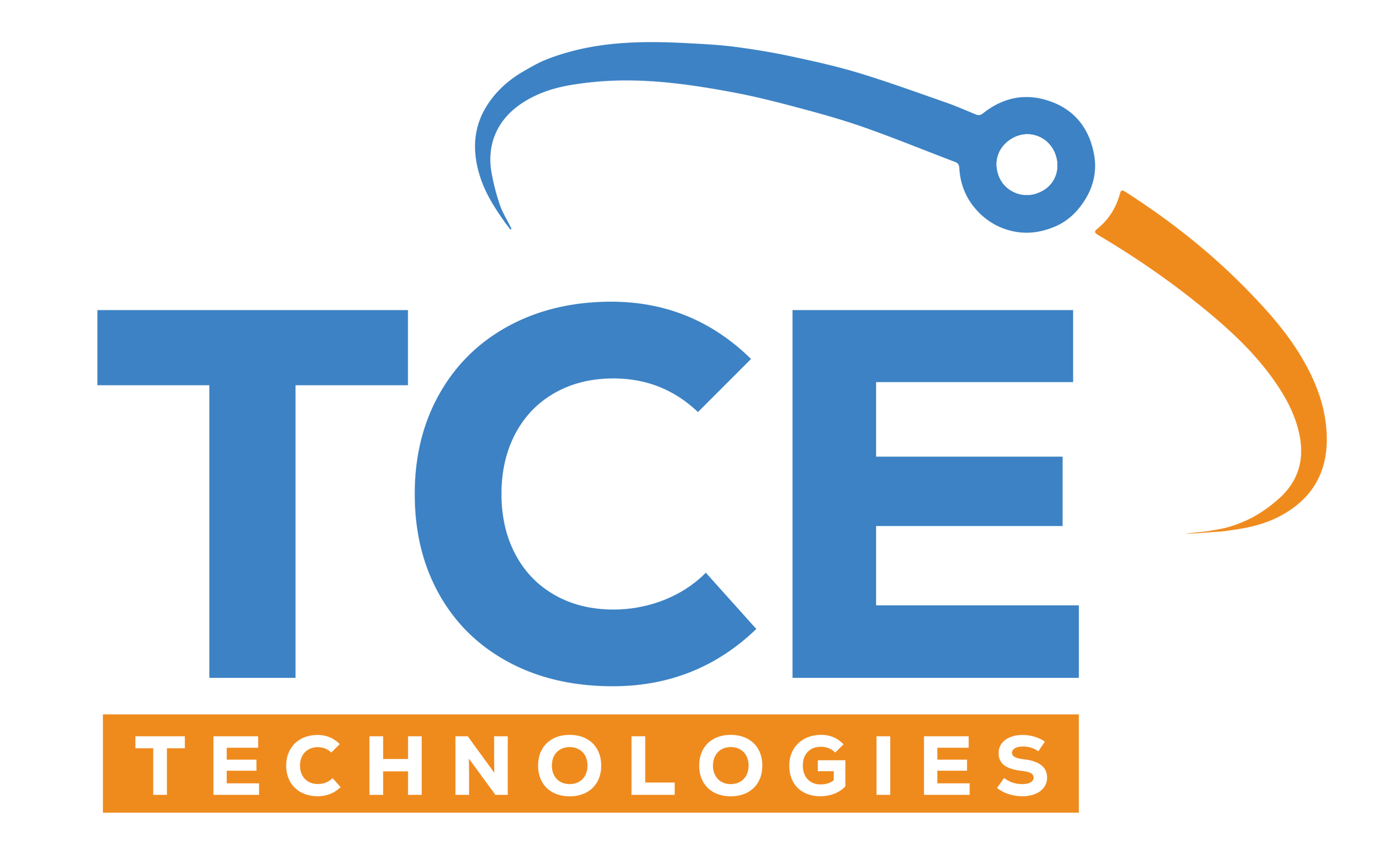Lithium Green Technologies
The Green Revolution: How Lithium is Powering the Future of Clean Energy As the world accelerates toward sustainable solutions to combat climate change, lithium batteries…
The Green Revolution: How Lithium is Powering the Future of Clean Energy As the world accelerates toward sustainable solutions to combat climate change, lithium batteries…
Learn more about the TCE Academy Telecommunications Bootcamp here! TCE Technologies Launches New Telecommunications Division in Phoenix, Arizona TCE Technologies is excited to announce the…
It could be a confusing situation when you are a beginner and are planning to buy a cordless drill that will be useful for your…
Wall mounting helps to keep a good ambiance in the living areas. Everything looks clean and neat when equipment are mounted properly to the wall…
A Buttset is a device used by telephone technicians, installers, and maintenance personnel while installing and testing local telephone lines. It is also called the…
HD Network testers are devices that are mainly used to test CCTV cameras for their functionality. CC cameras can be the types of IP, Analogue,…
Did you know that security cameras were initially used for monitoring weapons during World War 2? It was also used to monitor the effects of…
Cryptocurrency is a virtual currency used on the internet for various trades. There are different types of cryptocurrencies like Bitcoin, Litecoin, and Ethereum. These are…
Online marketing and software development encompasses many areas such as SEO, e-commerce, pay-per-click management, app development, web design, etc. Whether you’re a traditional brick and…
The carbon footprint has become a major point of conversation among environmentalists, scientists, engineers, and politicians over the last few years. There is a good…
Electric vehicles have been hailed as the vehicle of the future. The promise of running efficiently on clean energy is very appealing and projection shows…
From circuit overloads to power fluctuation, there are some common electrical issues we face occasionally. These issues usually pop up when the wiring is old…

(888) 4000-234